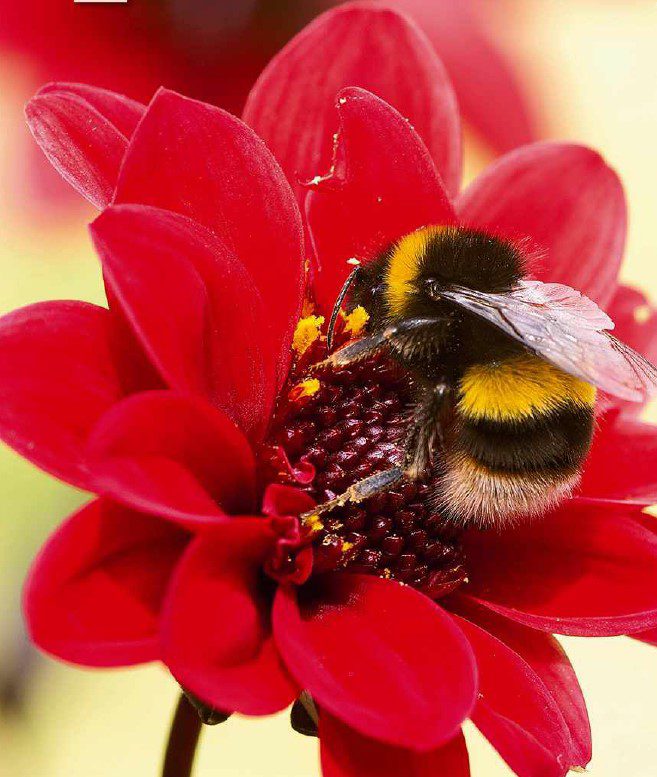Pollinators
Our pollinating insects are struggling. Creatures such as bees, moths, butterflies, lacewings, and hoverflies are vital for helping our flowers set seed, fruit, and reproduce.
Two of the most significant factors in their decline are that there isn’t enough food for them, and there are few suitable places to nest.
So why not help out by devoting a spot in your garden just to them? You don’t need lots of space.
Even a tiny patch in a miniature garden can make a huge difference – the key is to choose the right plants.
Go for those with nectar-rich, single flowers rather than blousy double blooms, harder for pollinators to get into and may not contain any nectar or pollen.
Aim for a broad range of plants that flower early and late in the season, so you provide nectar and pollen for as long as possible – both native and nonnative plants can provide food.
Plant for early pollinators
Early-flowering pollinator plants
Wallflower Erysimum ‘Bowles’s Mauve’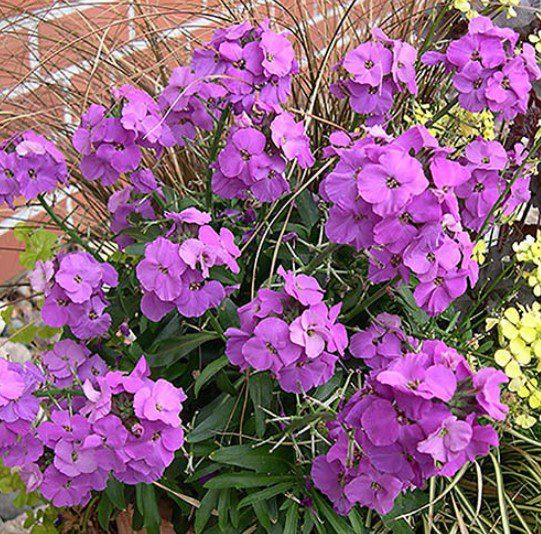
A tall bushy plant so grows just one at the back of the patch.
In flower Feb-Jul or later
H x S 75cm x 60cm
Primrose Primula vulgaris, Seven plug plants, were scattered around the front
and middle of the bed.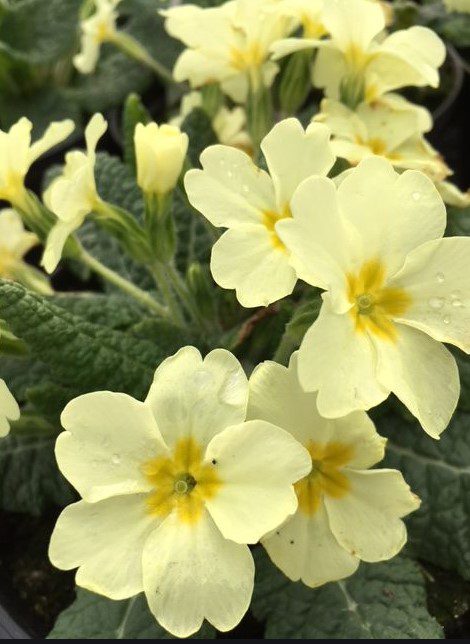
In flower Mar-May
H x S 20cm x 35cm
Crocus Crocus ‘Pickwick’ Plant 18 artfully through the patch as flowering plants now or as bulbs in autumn.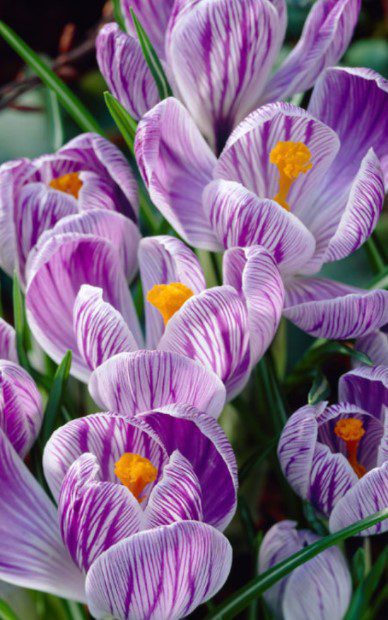
In flower Feb-Mar
H x S 15cm x 10cm
Create perfect pollinator conditions
Here are some simple steps you can take to get your pollinator patch off to the best
possible start. Plus, how to grow plants to produce an abundance of pollen and nectar.
WHERE TO PUT YOUR PATCH
To attract as many pollinators as you can, try to site your pollinator patch in a sheltered
spot, as buffeting winds will make it a battle for insects to reach your plants.
Choose a sunny spot – the heat of the sun will help you get as many flowers as possible and keep your pollinators energized and buzzing around your plot.
Plus, solitary bees like a warm place for their nests.
GIVE BEES A PLACE TO NEST
Solitary bees make nests and lay eggs in small holes and tunnels rather than living in
communal hives.
Adding a bee box, whether homemade or shop-bought, is a great way to give them a home, and on sunny days you will see them flying to and from your box.
Please place it in a sunny spot, among your plants on the ground, facing south, or hang it on a sunny wall or fence.
Sow flowers for summer nectar
Step By Step
Plants with simple flowers, such as cosmos, are a great source of pollen and nectar all through summer and autumn. And they’re easy to grow from seed.
Step 1
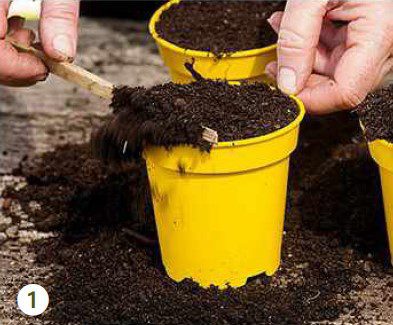
In March or April, fill small pots to the top with seed-sowing or sieved multi-purpose compost and then level off with a pencil or stick.
Step 2
Cosmos seeds are long, thin, and easy to
hold, so just scatter them thinly across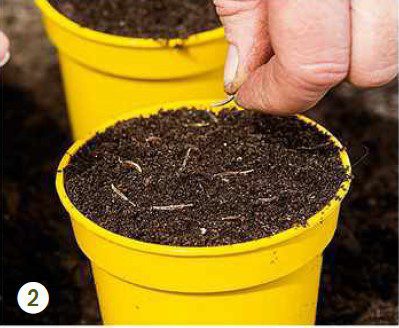
the surface of the compost.
Step 3
Use your hands to sprinkle compost carefully
over the top of the seeds so they are covered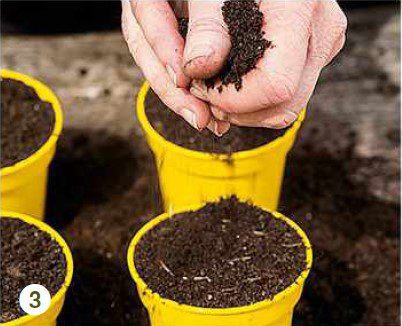
to a depth of about 3mm. Label your pots.
Step 4
Use a can with a fine rose to water them in.
Place in a greenhouse or on a warm, bright
windowsill indoors. Keep the compost just moist.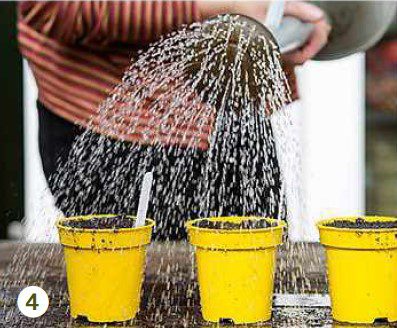
Step 5
When the first true leaves show, use a pencil to
prick out each new seedling, holding it by the leaves and planting it out into individual pots.
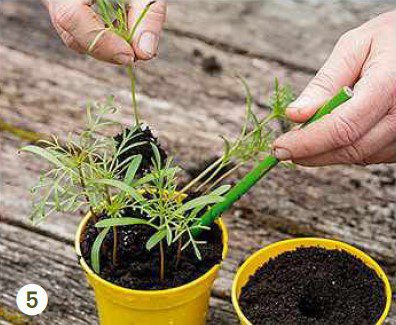
Step 6
Grow on indoors until after the last frosts (in May or June), when you can plant them
out into your patch.
























